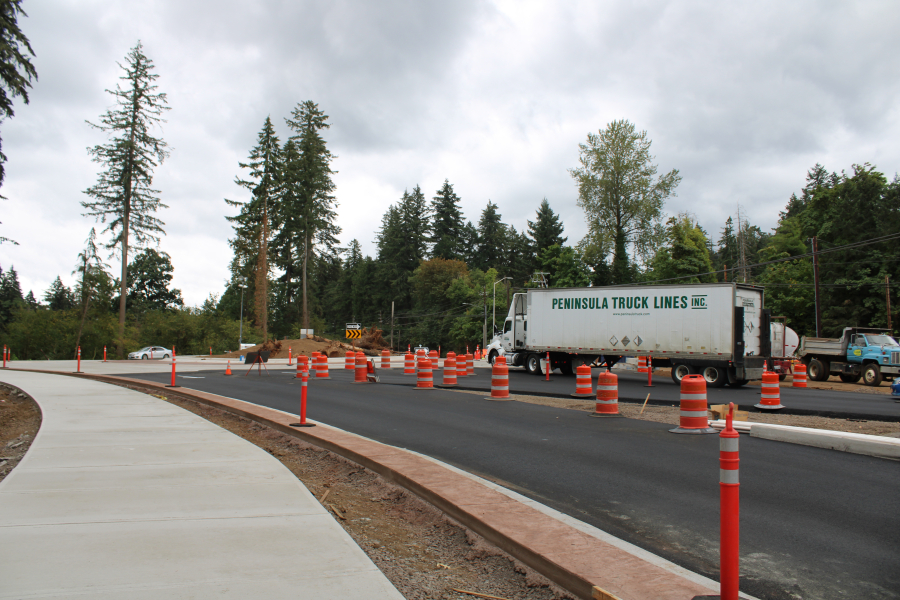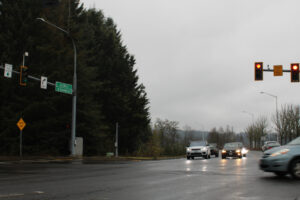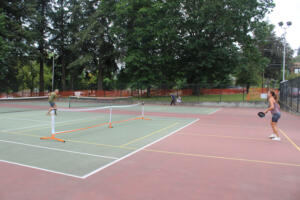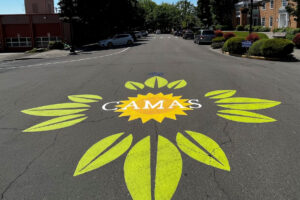Community members who want to help shape the future of transportation in the city of Camas — including road improvements but also bicycle lanes, pedestrian walkways and safer intersections — have a second chance to weigh in on the city’s 20-year Transportation System Plan (TSP) through the city’s Engage Camas website.
The city recently opened a second online survey to help city officials better understand the community’s priorities for the TSP, which will guide the city’s future transportation projects, help secure state and federal funding for local transportation needs and help calculate the city’s traffic impact fees.
The first survey, conducted in the fall of 2021, asked community members to share how easily they could walk, bike and ride public transit in Camas; tried to gauge how residents felt about traffic congestion on Camas’ streets; had survey participants rank their most important transportation issues as well as possible transportation improvement projects — from constructing new streets and widening roads to add vehicle capacity to adding cost-effective improvements that would encourage walking, biking and riding transit.
The second online Engage Camas TSP survey, available at engagecamas.com/transportation-system-plan, consists of eight questions including three open-ended questions about pedestrian and bicycle projects and “other transportation projects” that would support the city’s vision statement for 2040 painting Camas as a “safe, diverse and welcoming community” and “a livable place for people of all ages.”
Other survey questions are more pointed, asking residents if they support specific projects, such as lane reductions with bike lanes on certain roadways, and to rank their top five driving projects from a list of 13 possibilities that would widen or reconfigure certain streets to three-lane roadways with bike lanes or shared-use paths.




